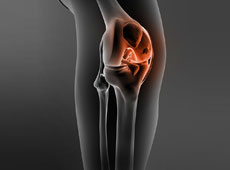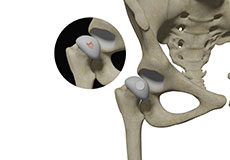Cartilage Restoration
Articular cartilage is the smooth, shiny, white tissue covering the ends of bones that form a joint. Articular cartilage reduces friction when bones glide over each other, making the movements smooth and painless. It also acts as a shock-absorber to help prevent traumatic injuries to the bones. When cartilage is damaged it can cause painful movements and limited joint mobility and eventually progress to osteoarthritis. Cartilage damage can occur from normal wear and tear of the body’s joints as we age as well as from injury or other disease conditions. Because of its avascular nature (absence of blood supply), cartilage cannot repair itself and therefore surgical treatment is usually required to restore cartilage function and prevent progression of the damage into arthritis.
-
Knee Cartilage Restoration
Knee cartilage restoration is a surgical technique to repair damaged articular cartilage in the knee joint by stimulating new growth of cartilage or by transplanting cartilage into areas with defects in order to relieve pain and restore normal function to the knee.
-
Hip Cartilage Restoration
Hip cartilage restoration is a surgical technique to repair damaged articular cartilage in the hip joint by stimulating new growth of cartilage or by transplanting cartilage into areas with defects in order to relieve pain and restore normal function to the hip.







